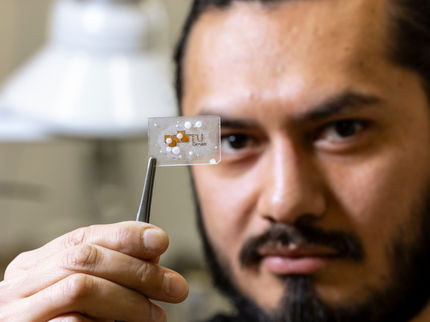Clemson scientists put a (nano) spring in their step
Advertisement
Electronic devices get smaller and more complex every year. It turns out that fragility is the price for miniaturization, especially when it comes to small devices, such as cell phones, hitting the floor. Wouldn't it be great if they bounced instead of cracked when dropped?
A team of Clemson University researchers, led by Apparao Rao, professor of physics, has invented a way to make beds of tiny, shock-absorbing carbon springs which possibly could be used to protect delicate objects from damaging impacts. With collaborators at the University of California at San Diego, the team has shown that layers of these tiny springs called coiled carbon nanotubes can act as extremely resilient shock absorbers.
Similar coiled carbon nanotubes have been made before, yet Clemson researchers say this method is unique since beds of coiled carbon nanotubes can be grown in a single step using a proprietary hydrocarbon-catalyst mixture.
"The problem we have faced in the past is producing enough of these coiled carbon nanotubes at a reasonable cost to make a difference," said Rao. "Because our current method produces coiled nanotubes quickly in high yield, it can be readily scaled up to industrial levels. After formation, the coiled nanotubes can be peeled off in one piece and placed on other surfaces to form instant cushioning coatings."
Original publications: Advanced Materials 2008, 20, 179-182.
Most read news
Other news from the department science
These products might interest you

Get the chemical industry in your inbox
By submitting this form you agree that LUMITOS AG will send you the newsletter(s) selected above by email. Your data will not be passed on to third parties. Your data will be stored and processed in accordance with our data protection regulations. LUMITOS may contact you by email for the purpose of advertising or market and opinion surveys. You can revoke your consent at any time without giving reasons to LUMITOS AG, Ernst-Augustin-Str. 2, 12489 Berlin, Germany or by e-mail at revoke@lumitos.com with effect for the future. In addition, each email contains a link to unsubscribe from the corresponding newsletter.































































